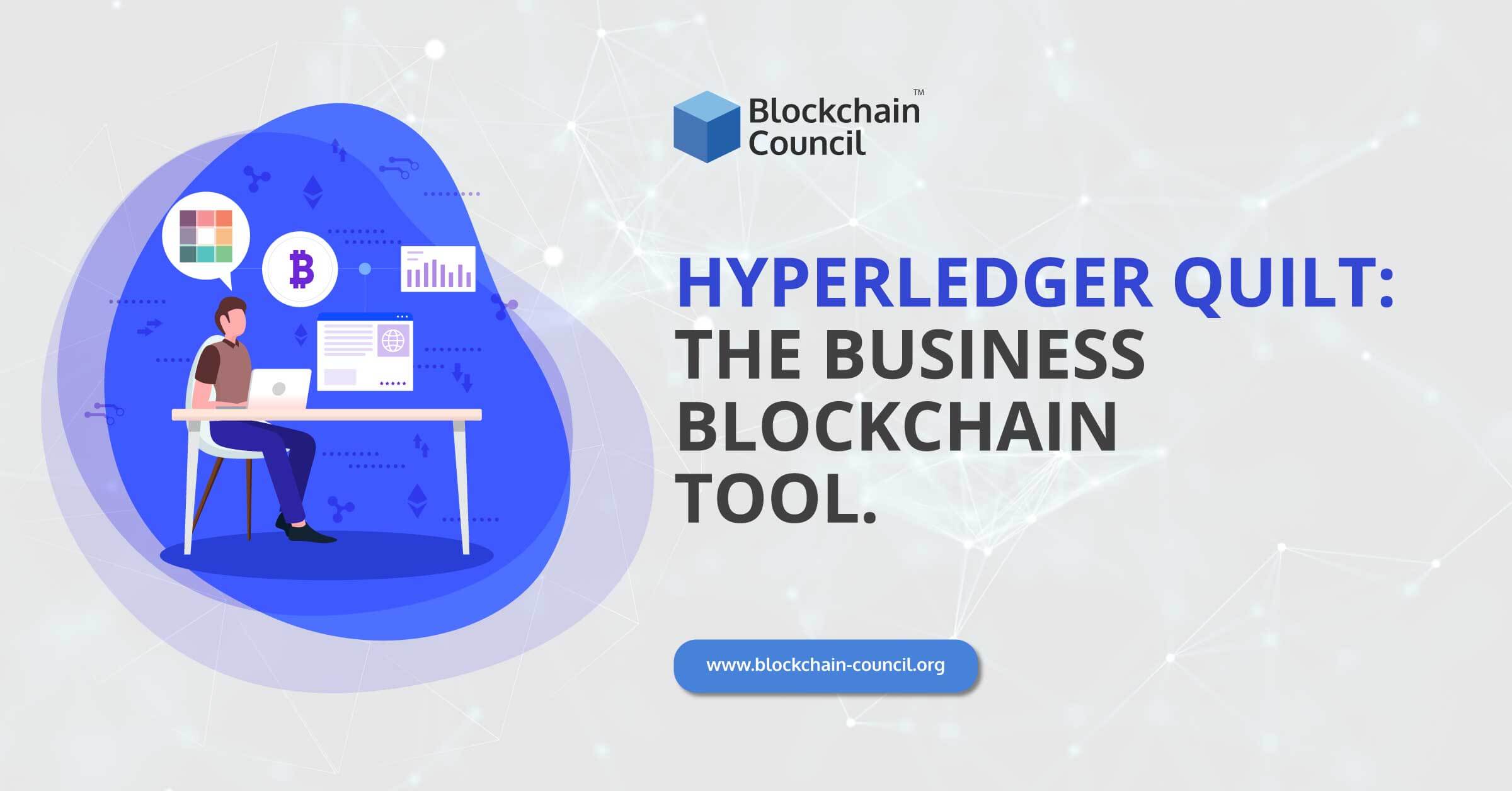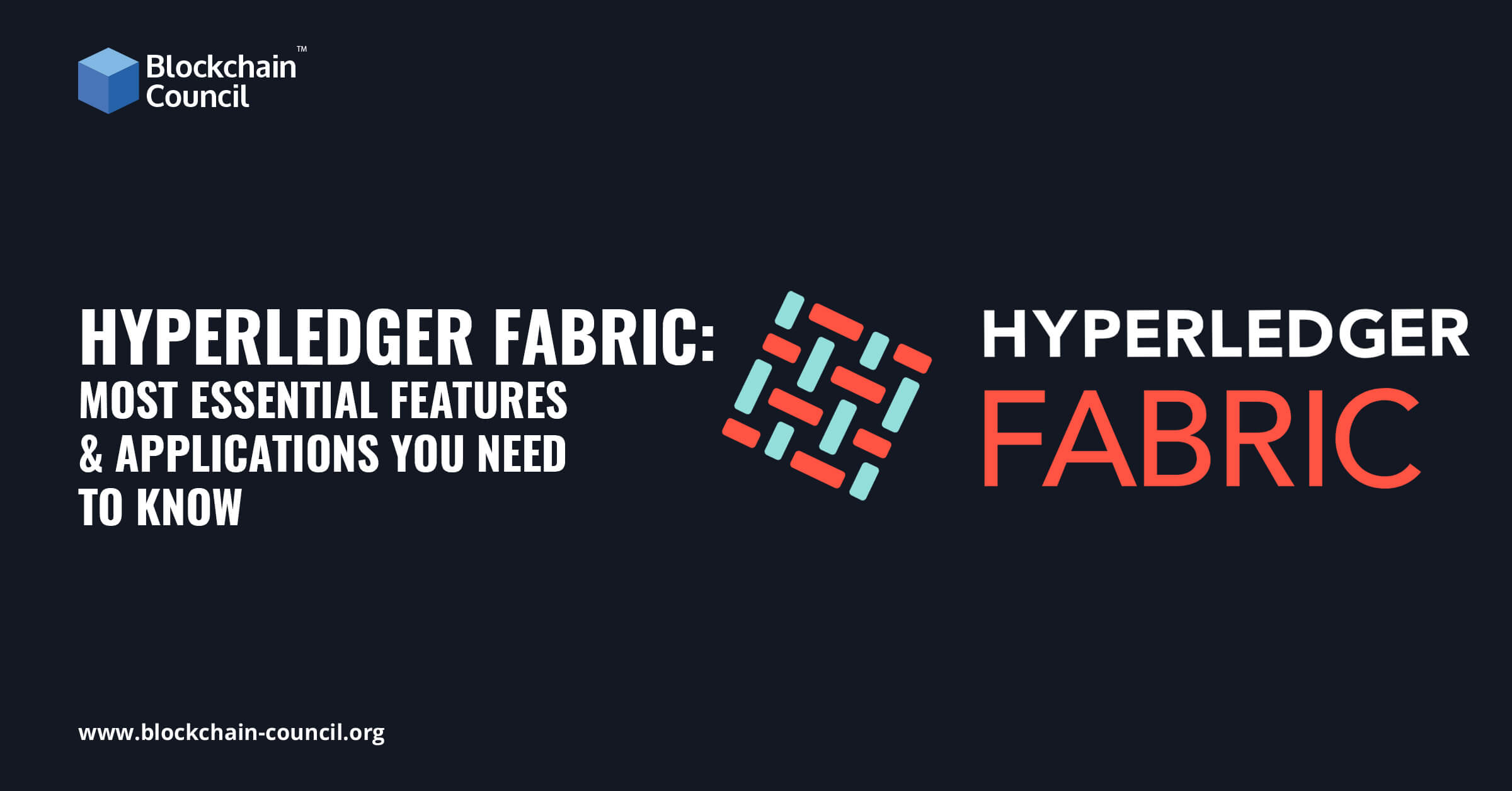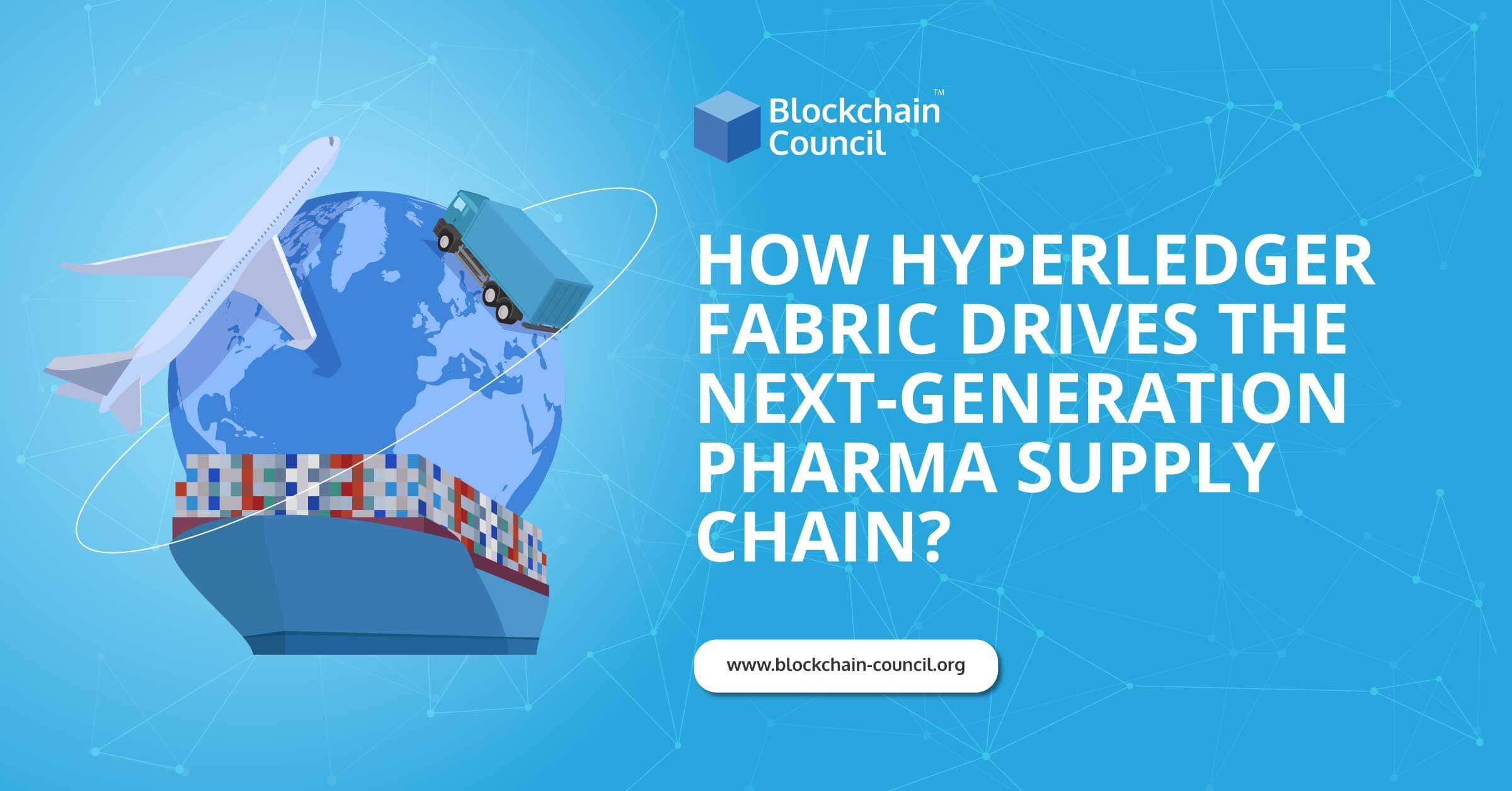
- Toshendra Kumar Sharma
- July 12, 2024
Hyperledger was set up to focus on developing reliable and high-performance blockchain to meet modern business needs. In general, it is an umbrella project created by California–based Linux Foundation. It is a platform that unlocks the possibilities of new processes to come into existence. Additionally, there is increasing demand for the Hyperledger developer professionals due to this. In fact, an expert with proper Hyperledger training would be beneficial to building a customized blockchain combining cross-industry knowledge for enterprises.
Hence, this makes it obvious that to get theoretical and practical experience; a developer should enroll in Hyperledger courses. According to Hyperledger expert groups, preparing for updated questions and answers regarding the technology regularly is enough to crack any interview.
Top 20 curated Hyperledger interview questions
1. What is Solidity? Also, name the languages that can be used to write smart contracts?
Solidity is an object-oriented programming language used for generating smart contracts. Basically, it helps in designing smart contracts for different Hyper Ledgers platforms. Furthermore, these smart contracts’ built-in Lisp languages Solidity and Serpent support libraries and complex user-defined types to implement business logic.
Solidity is the primary language used for Ethereum and other blockchain platforms such as Monax and its Hyperledger Burrow. Further, it also facilitates type-safe functions within only one contract.
2. What is a Hyperledger sawtooth?
Hyperledger Sawtooth is an enterprise that builds, deploys and runs blockchain simplifying the whole application design process. Moreover, it is an open-source solution that can run customized smart contracts. Also, it provides a flexible and modular platform to implement transaction-based updates. These updates are shared between parties that are coordinated by consensus algorithms. Interestingly, whole Hyperledger technology gets sponsorship from Intel, IBM, and SAP.
3. What do you mean by a Genesis block?
A Genesis Block is also known as Block 0 as it is the first block of cryptocurrency ever mined. Satoshi Nakamoto was a person who mined this block 0, which contains 50 bitcoins. Additionally, these blocks always contain a unique header. Thus, a Hyperledger expert identifies them with their block header hash individually. In addition to this, they store information related to transactions for security purposes. So, when we reach the beginning of a block in a sequence, it is the genesis block.
4. What is the difference between Hyperledger and blockchain?
- Hyperledger technology is an umbrella project of blockchains that allows private blockchains to function. On the other hand, blockchain technology is an immutable ledger that consists of blocks to keep information secured using cryptography.
- Hyperledger expert team designed the Hyperledger technology primarily to build enterprise-based solutions. At the same time, blockchain has been serving various sectors such as automobiles, healthcare, entertainment etc.
- Hyperledger technology is mostly a private technology with predefined users, programming, and configurations that operates a total of 15 Hyperledger projects in collaboration with different blockchain platforms. Whereas, blockchain comprises three types: private, public, and consortium that works separately.
5. What is Hyperledger in blockchain?
Hyperledger technology works as an open-source project to build blockchain solutions. Basically, it supports the development of this distributed ledger and applications. Furthermore, it delivers high performance, security, flexibility, and scalability to various platforms. Also, it has a modular architecture that creates the frameworks, libraries, standards, and tools required to build blockchains.
6. What are the aims of Hyperledger?
- Firstly to build codebases with distributed ledger frameworks to support business transactions.
- Next, to make people aware of the blockchain technology market opportunity.
- Hyperledger focuses on creating technical communities for developing shared ledger POCs, deployment, blockchain, and much more.
- Also, it promotes community-driven architecture supported by technical governance and business.
- They also allow the community to approach working with as many frameworks and platforms as possible.
7. What is Hyperledger besu, and what are its features?
Hyperledger Besu is a Java based Ethereum client that can run on Ropsten, Rinkeby, and Görli. Additionally, it is an enterprise-friendly implementation that consists of some consensus algorithms such as PoW and PoA.
Features of Hyperledger besu are as follows:
- Consensus algorithm
- The Ethereum Virtual Machine (EVM)
- P2P networking
- Permissions
- Storage
- Privacy
- Monitoring
- User-facing API
8. What is Hyperledger fabric?
Hyperledger Fabric is hosted by The Linux Foundation for enterprise blockchain platforms. The modular blockchain framework is used to develop industry solutions and enterprise-grade applications. Also, they are responsible for using plug-and-play components when permissioned for all participating member’s identities.
9. What Are the Components of Hyperledger Fabric?
The two components of Hyperledger fabric are as follows:
- State data
- Transaction log
10. Define nodes and Channels in Hyperledger Fabric?
Nodes in a Hyperledger fabric mean the communication entries in Hyperledger. On the other hand, channel means the subnet of a Hyperledger network. However, a blockchain network consists of multiple channels in a single network.
Note: Enrolling into a Hyperledger certification program can help in understanding these concepts in-depth.
11. What are the types of nodes in Hyperledger Fabric?
The three types of nodes in Hyperledger Fabric are as follows:
- Peer node
- Client node
- Order node
Among these three nodes, the peer commits the transaction initiated by the client node.
12. What are the features of Hyperledger Sawtooth?
- Application Development Friendly
- Permissioned Features
- Private Network
- Execution of Parallel Transaction
- Modular Structure
13. What is a lightweight node in Hyperledger technology?
Nodes that establish between users outside the blockchain are termed lightweight nodes. They are user-designed to synchronize the current state of the network.
14. What are the Hyperledger technology-based top healthcare projects?
- Axuall Project
- MELLODDY Project
- MyClinic.com
- Verified.me
- kitChain
15. Explain what Hyperledger Burrow is?
Hyperledger Burrow runs Ethereum Virtual Machine and Web Assembly (WASM) to focus on speed. In general. It is a platform used for private blockchains.
16. Can a Peer Node be a part of multiple channels?
Yes, peer nodes can be a part of multiple channels.
17. What is Certification authority?
A certification authority is an entity that is responsible for registration, digital certificates and role assignment to other nodes. In simple words, it is an organization that binds validated identities to cryptographic key pairs.
18. Does a subnet have its own smart contract?
Yes, a subnet has its own smart contract and security policies.
19. What is the importance of Hyperledger Sawtooth 1.0?
Hyperledger Sawtooth focuses on production deployments. Also, it is a recognized leader in Hyperledger technology that aims to keep blockchain distributed and make smart contracts safer.
20. What are the top Hyperledger tools?
- Hyperledger Caliper
- Explorer
- Composer
- Ursa
- Quilt
- Cello
Closing Thoughts
Master the Hyperledger platform with the help of the Hyperledger courses Blockchain Council offers. Further, learn in-demand skills through a Hyperledger fabric course from a certified Hyperledger professional. You can also prepare for an interview during the Hyperledger training to help you understand roles and responsibilities better. Also, with our Hyperledger certification program, you can understand all the basic concepts from scratch. Check out the personalized content in our Hyperledger educational programs and make your mark on the most emerging technology space.
So, let’s start the journey of your interview preparation together.





































































 Guides
Guides News
News Blockchain
Blockchain Cryptocurrency
& Digital Assets
Cryptocurrency
& Digital Assets Web3
Web3 Metaverse & NFTs
Metaverse & NFTs
